
May 18, 2024
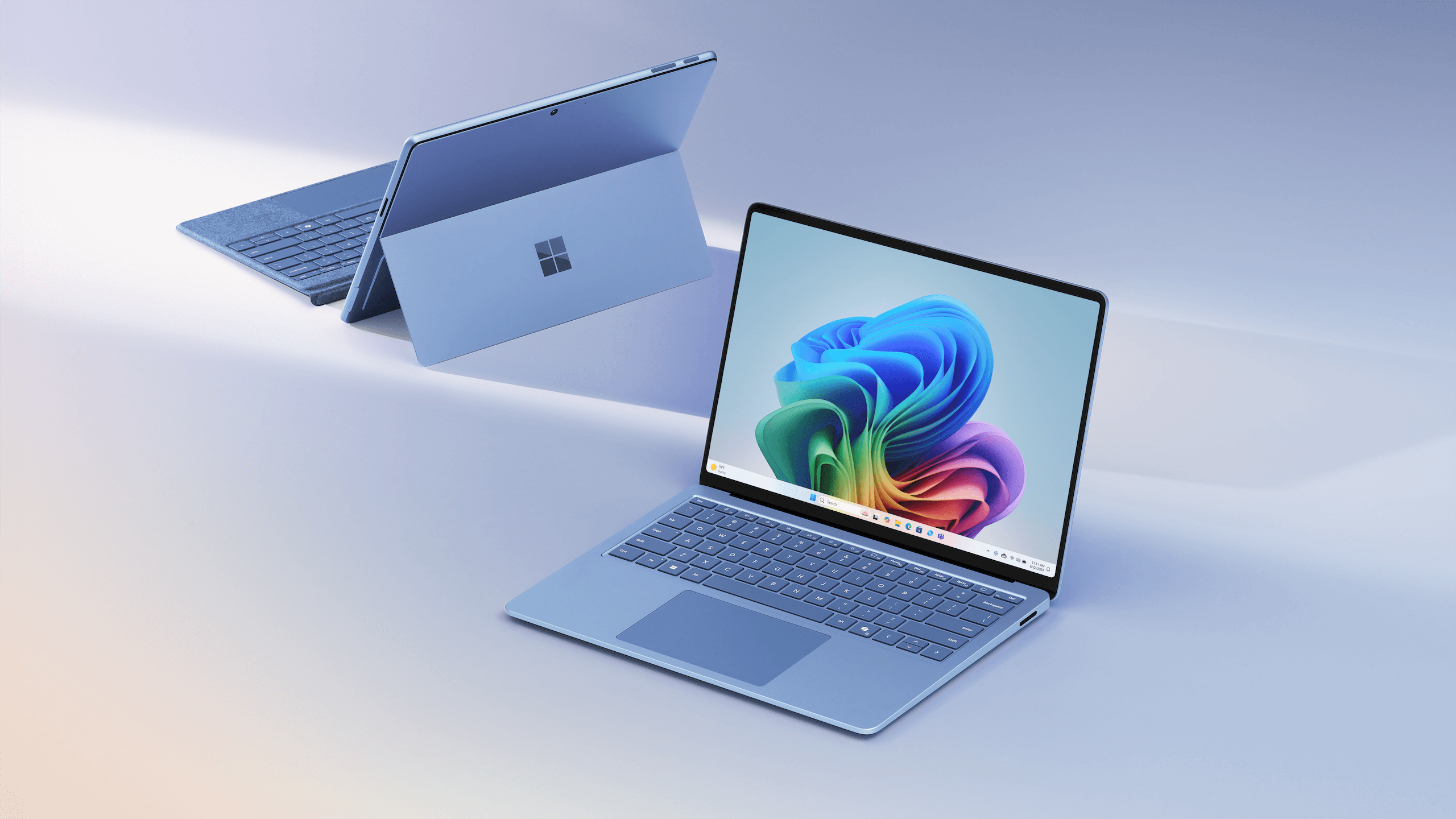
May 23, 2024
About four years ago, Apple made a bold move to ditch the Intel x86 architecture and switch to ARM. This change brought significantly improved battery life and better performance, especially for creative work. Though it seemed risky at the time, Apple made it work and has enjoyed the rewards of this powerful transition.
Back in 2021, Microsoft also released an ARM based product called the Surface Pro X, which performed well for everyday tasks. Despite this, the product fell short due to a lack of ecosystem support for the new architecture.
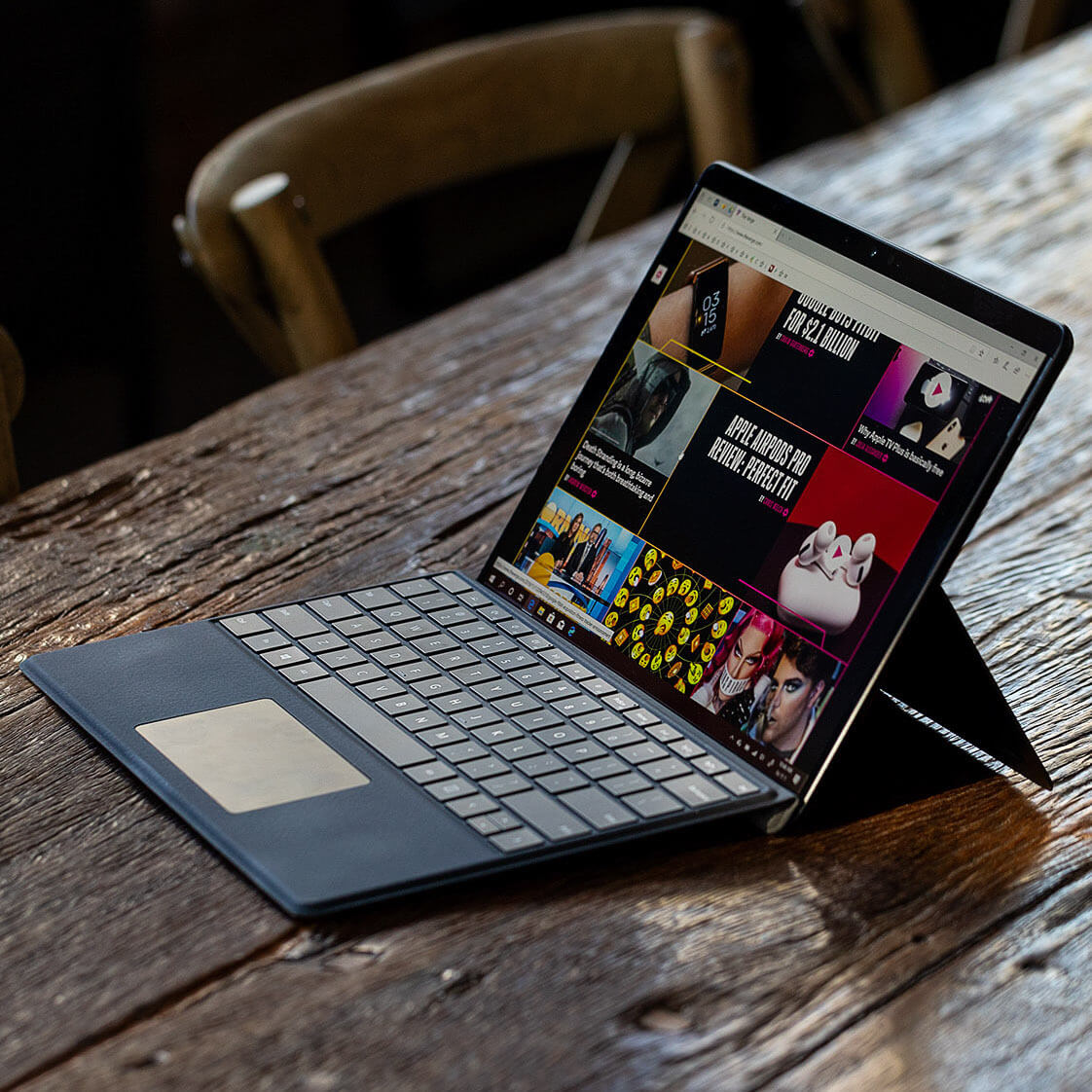 Photo credit: The Verge
Photo credit: The Verge
Now, it looks like Microsoft is ready to follow suit with their new devices, powered by Qualcomm’s Snapdragon X chips. However, this isn’t Microsoft’s first attempt at this transition.
Earlier this week, they announced the Surface Laptop and Surface Pro.
The Surface Laptop aims to compete directly with the MacBook Air, targeting the thin and light laptop market. It offers a choice between 13.8” and 15” displays, Snapdragon X Plus or Snapdragon X Elite CPUs, up to 16GB of RAM, and up to 1TB of SSD storage. It also comes in stylish colors: Sapphire, Dune, Platinum, and Black.
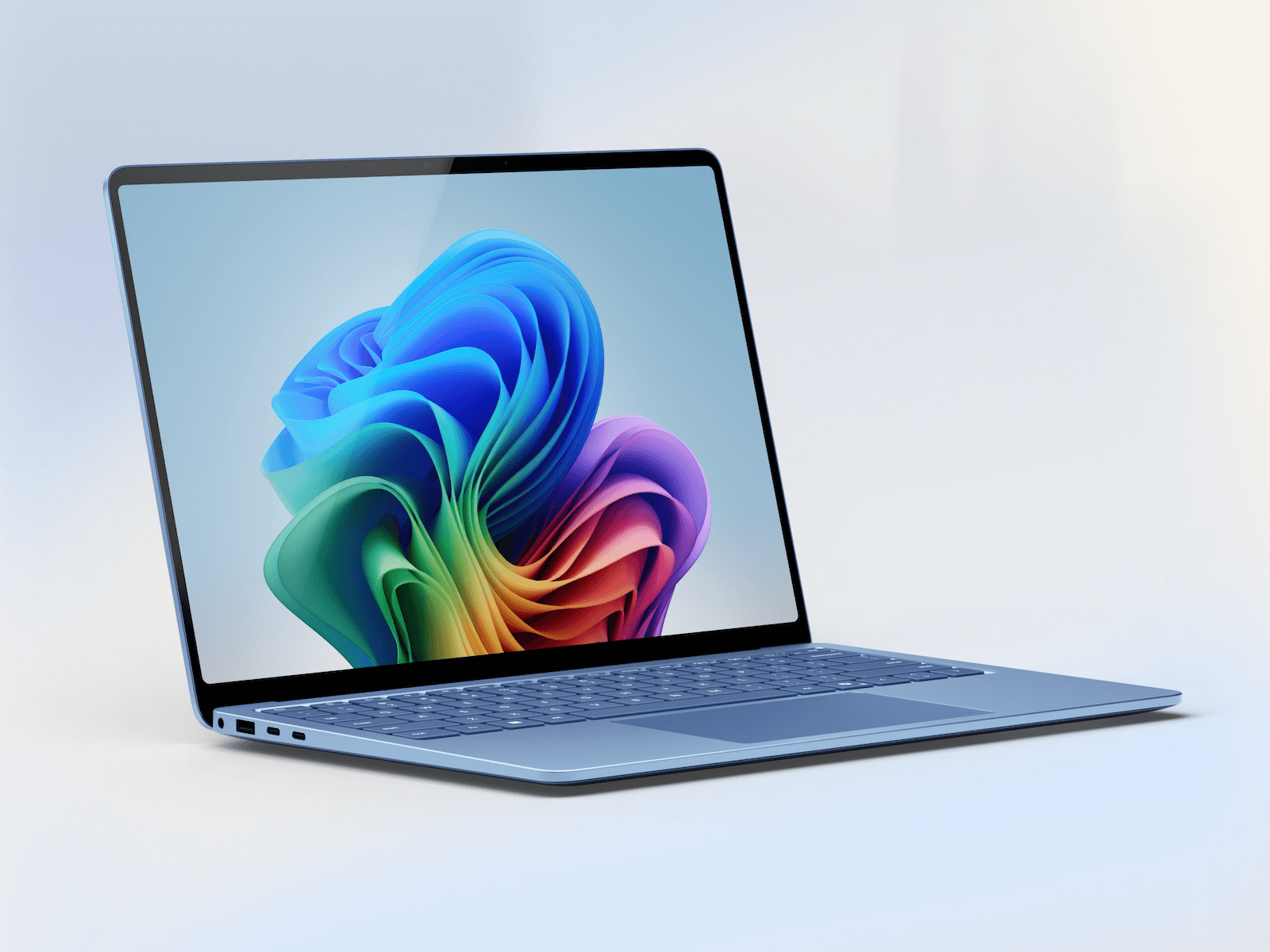 Photo credit: Microsoft
Photo credit: Microsoft
The Surface Pro, on the other hand, is positioned as a strong alternative to the iPad. It features a 13” screen that can be configured with an LCD or upgraded to an OLED display. It can also be equipped with up to 32GB of RAM and 1TB of SSD storage, and it comes in the same colors as the Surface Laptop.
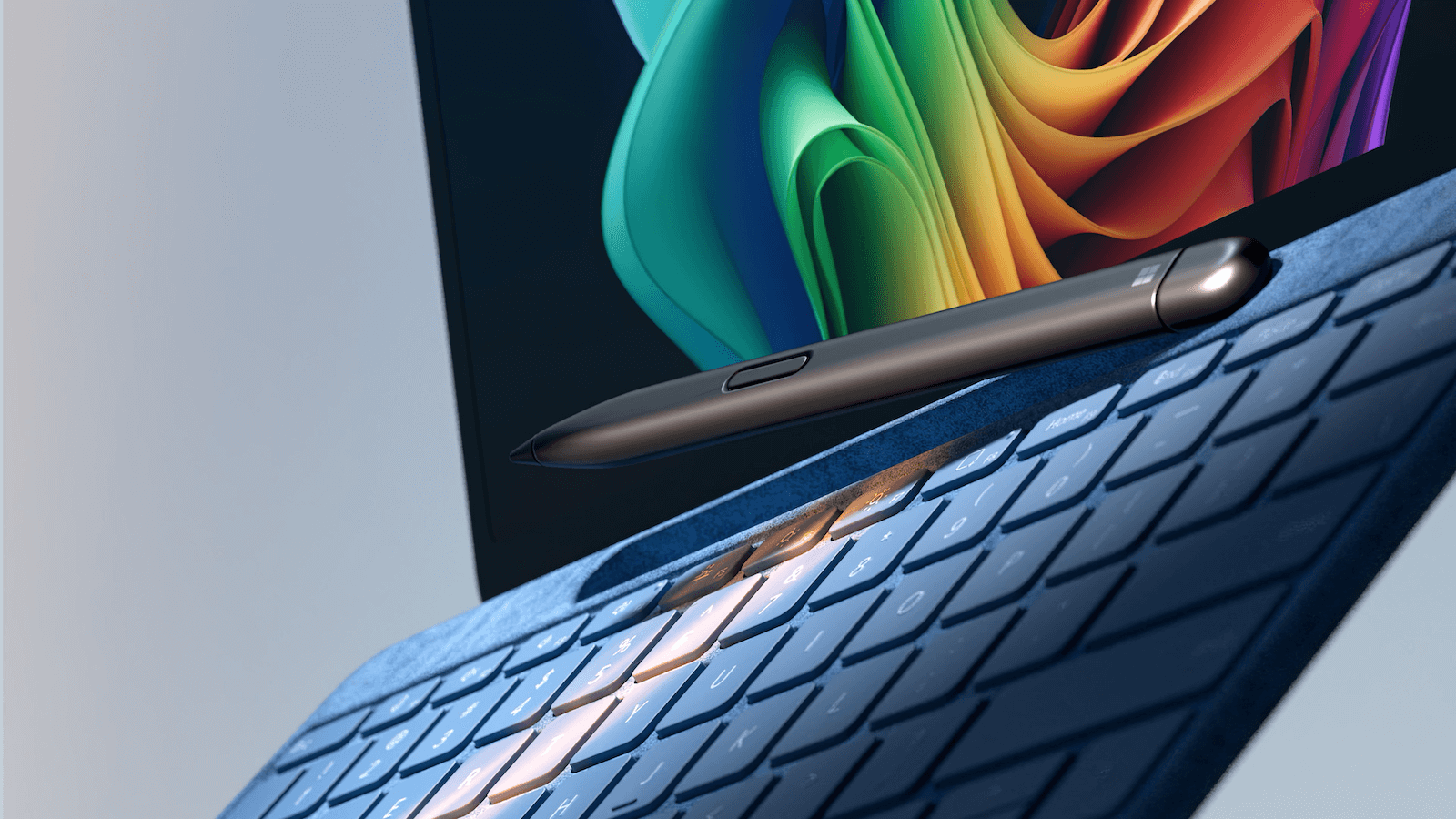 Photo credit: Microsoft
Photo credit: Microsoft
Both devices are powered by Qualcomm’s Snapdragon X CPUs, available in Plus and Elite variants, offering users a choice of power levels. Unlike Apple Silicon’s initial launch, these devices give customers more options from the start.
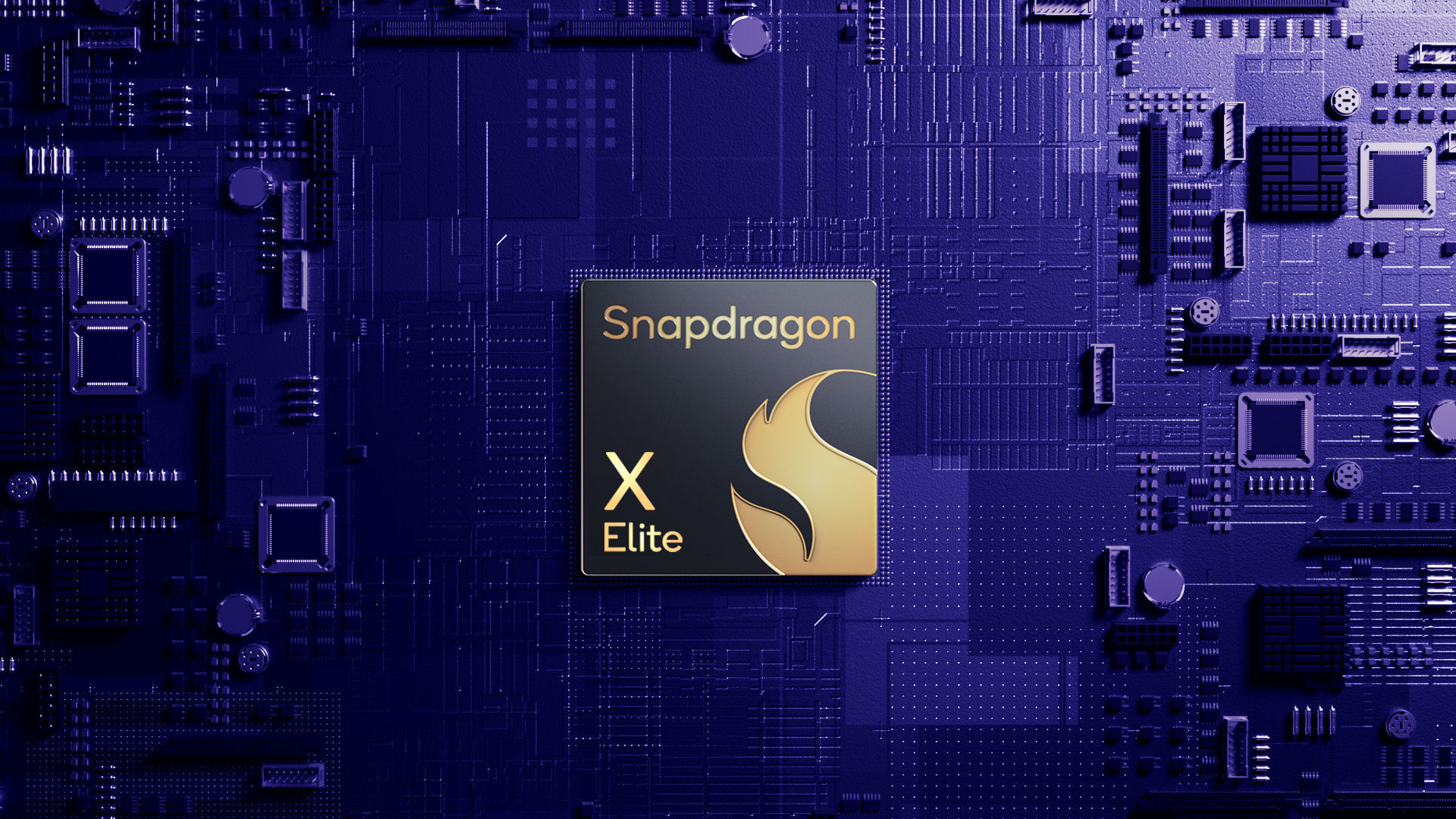 Photo credit: Qualcomm
Photo credit: Qualcomm
This latest launch is backed by several important changes since the Surface Pro X. Many major apps now natively support ARM chips, including Photoshop, Dropbox, Zoom, Spotify, and top entertainment apps like Prime and Hulu. Additionally, browsers like Google Chrome, Opera, Firefox, Vivaldi, Brave, and Microsoft Edge are now ARM64 native, ensuring no performance loss in web-based applications, which is crucial as we spend more time in browsers.
Microsoft's transition to ARM isn't just about better hardware. It's also about following industry trends towards more energy-efficient and high-performance computing. With more people relying on mobile and cloud-based applications, ARM chips offer better power efficiency and performance.
This move also helps Microsoft create a more unified software ecosystem. By making sure Windows and important apps work well on ARM, Microsoft aims to offer a seamless experience across different devices, similar to what Apple has achieved with macOS and iOS.
This shift is important for developers too. With ARM becoming more popular, developers are more likely to optimize their apps for this architecture, leading to better performance and user experiences on ARM devices.
Microsoft's ARM-powered Surface devices mark a new era of computing. Their success will depend on how well Microsoft can support an ecosystem of ARM-compatible software and hardware, ensuring users can fully benefit from this advanced technology.
In the coming weeks, these devices will undergo more testing, but it’s clear Microsoft is heading in the right direction. This move allows them to expand the Windows platform to more devices that are more efficient and capable.